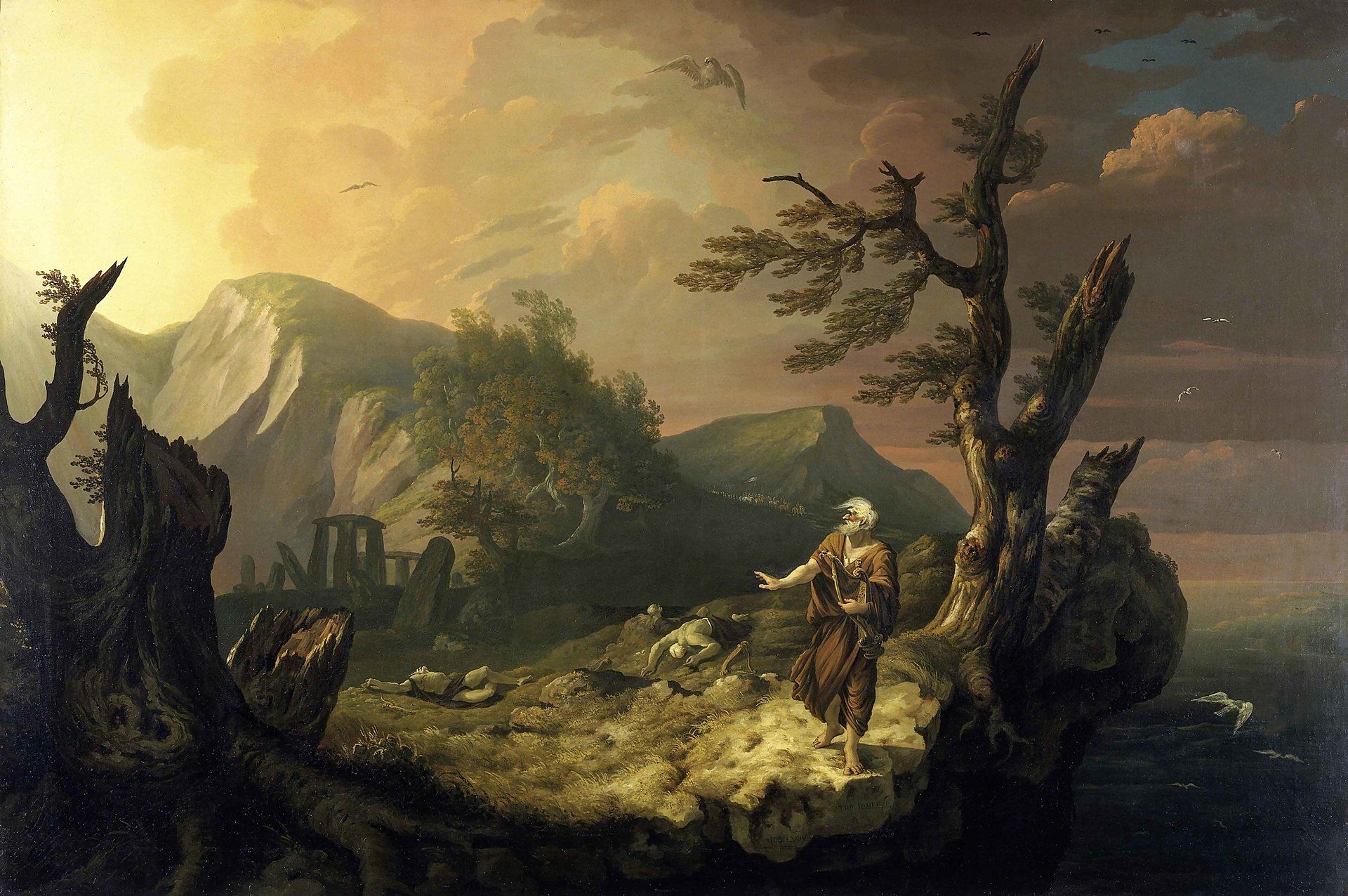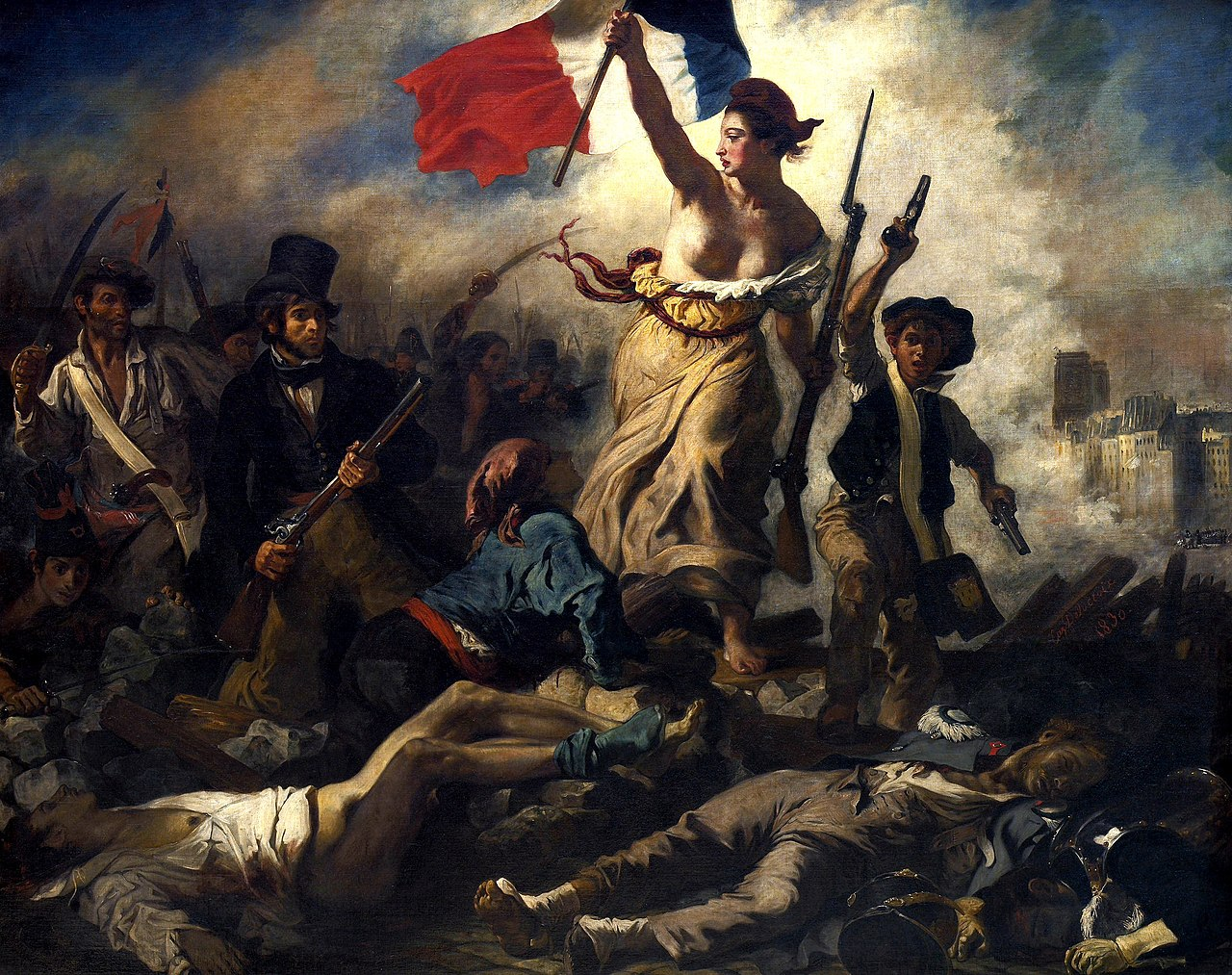will be rephrasing the romanticism stuff from the assignment last year, Literature Romanticism Overview
Romanticism is a movement within both art and literature throughout the 18th to 19th century. It came about as a form of revolution against the previous Neoclassical movement prevalent in Europe within the 17th to 18th centuries, which promoted a return to classical Greek and Roman artistic elements. It is influenced by the French Revolution, with ideals of fraternity, liberty and equality and an emphasis of democracy over monarchy.
"literature depicting emotional matter in an imaginative form"
- Friedrich Schlegel in regards to romantic literature (from Athenäeum-Fragment, 1798)
There are many people that can be considered romantics. William Wordsworth, Samuel Taylor Coleridge, Percy Bysshe Shelly, William Blake, John Keats, Mary Shelly, Edgar Allen Poe, Lord Byron are just some examples of prominent Romantic authors.
At its core Romanticism seeks to express the internal emotions of the author that would be "mould into art" (Lyrical Ballades, Wordsworth). In order to express such emotions, emphasis was placed on exploring imagination, and a resistance to rules and restrictions placed on literature at the time. Other romantic tenets include adherence to originality, love of nature and a sense of curiosity and restlessness to explore the natural world and one's self.
Romanticism is also considered to be a significant art movement, appearing in the 1760s first as a form of architecture before being portrayed in landscape paintings, such as Thomas Jones' The Bard (1774). Notable Romantic art include those that depict events of the French Revolution, such as Eugène Delacroix's Liberty Leading the People.


The most prominent Romantic authors would be:
Wordworth is most famous for his autobiographical poem "The Prelude". However his most significant publication would be "Lyrical Ballades" (1798) which was co-authored by another important Romantic author, Samuel Taylor Coleridge. Wordsworth is also known for smaller publications such as "I Wandered Lonely as a Cloud". A common theme of Wordsworth's works is that they are written in mostly simplistic, plain English. Wordsworth abstained from using complex words as they would be less understood by the average reader.
Like Wordsworth, Coleridge's most prominent work is "Lyrical Ballades", of which poems he contributed such as "The Rime of the Ancient Mariner" and "Tintern Abbey". Coleridge has many notable contributions to the Romantic movement, such as "Kubla Khan" and "Biographica Literaria", the latter of which pioneered the Romantic movement by giving it its philosophy. Coleridge used the supernatural as a means of producing suspension, disbelief, and ultimately satisfaction for the reader. Made the supernatural seem somewhat familiar. Kubla Khan focused on sounding good rather having intrinsical meaning.
Shelly's most renowned works would be "Ozymandias" (1818), "To a Skylark" (1820) and "Prometheus Unbound" (1820). Shelly was a radical thinker for the Romantics at the time, and would go on to influence numerous other literary movements alongside the Romantic era. Shelly often uses symbolism and imagery to create a visual setting for the reader. A sense of musicality is also applied in Shelly's works.
While Blake was mostly outcast throughout his life, his works present him as an early Romantic, with notable works such as "Songs of Innocence and of Experience", "The Book of Thel" and "Continental prophesies". Blake used the common devices found in Romantic literature, such as symbolism and visual imagery, and also employed figurative language and allegory.
Keats is considered part of the second generation of great English poets. Works such as "Keats's Poetry and Prose" and "The Complete Poems" demonstrated his status as a Romantic author. Notable critics describe John Keats' characteristic dreamlike writing style as commonplace in his works, as Keats tended to focus on the beauty of nature and an exploration of the senses. He explored sentiment of the individual from the industrial revolution.
In contemporary times Mary Shelly's most notable and well known work, "Frankenstein" has pioneered the modern Gothic genre. However, "Frankenstein" is a cornerstone work of the Romantic movement. Frankenstein explores how power can be misappropriated for ill intent, which became a recurring theme in future Romantic works. Shelly's writing style was artiqulate and vibrant, with an exhaustive use of figurative language to convey a strong visualisation of her works.
“… I had worked hard for nearly two years, for the sole purpose of infusing life into an inanimate body. For this I had deprived myself of rest and health. I had desired it with an ardour that far exceeded moderation; but now that I had finished, the beauty of the dream vanished, and breathless horror and disgust filled my heart. Unable to endure the aspect of the being I had created, I rushed out of the room and continued a long time traversing my bed-chamber, unable to compose my mind to sleep. At length lassitude succeeded to the tumult I had before endured, and I threw myself on the bed in my clothes, endeavouring to seek a few moments of forgetfulness”
- Chapter 5, "Frankenstein; or, The Modern Prometheus", Shelley (1818)
Frankenstein (1818) is a Romantic novel authored by Mary Shelly which follows the life of scientist Viktor Frankenstein who creates a conscience being via an unconventional science experiment.
The Nutcracker is known for its delicate waltzes and its subtle, expressive motifs. It was composed by Pyotr Ilyich Tchaikovsky as a ballet suite.
Fantaisie-Impromptu is a solo piano piece composed by Frédéric Chopin. It features many melodic motifs commonplace in Romantic music, such as heavy use of arpeggios. The piece is inspired by Beethoven's "Moonlight Sonata", who is himself a transitional composer between the Classical to Romantic eras.
I ran out of creativity